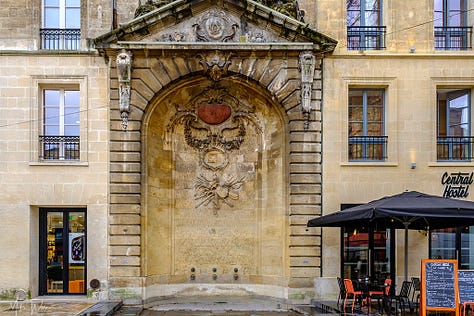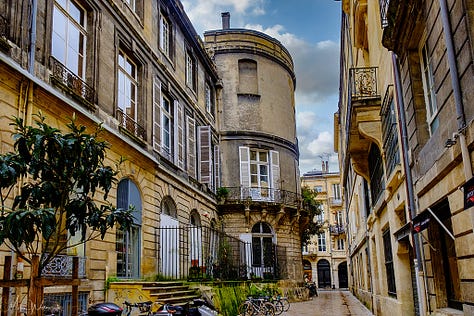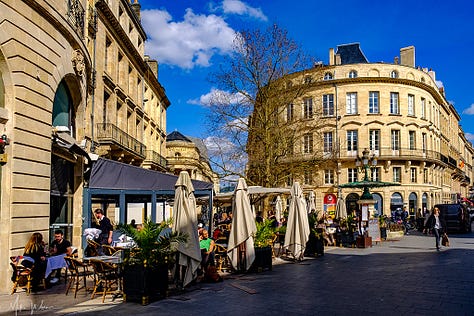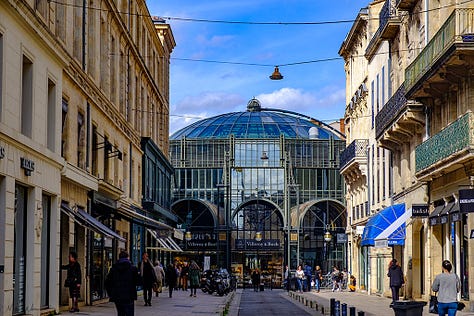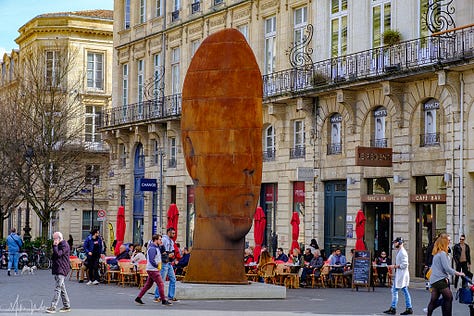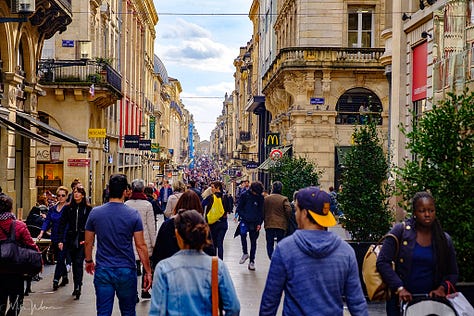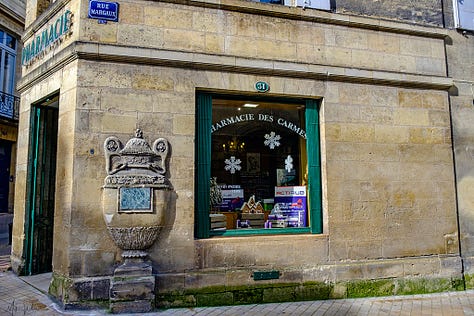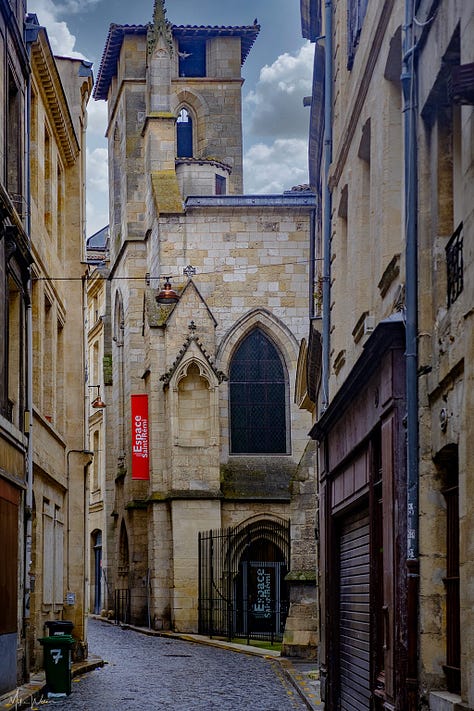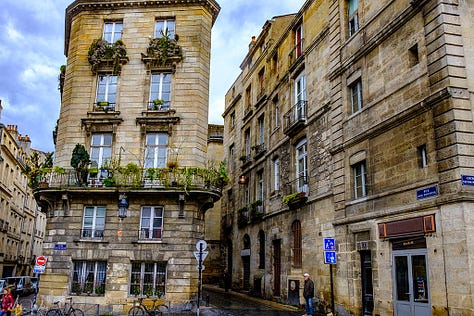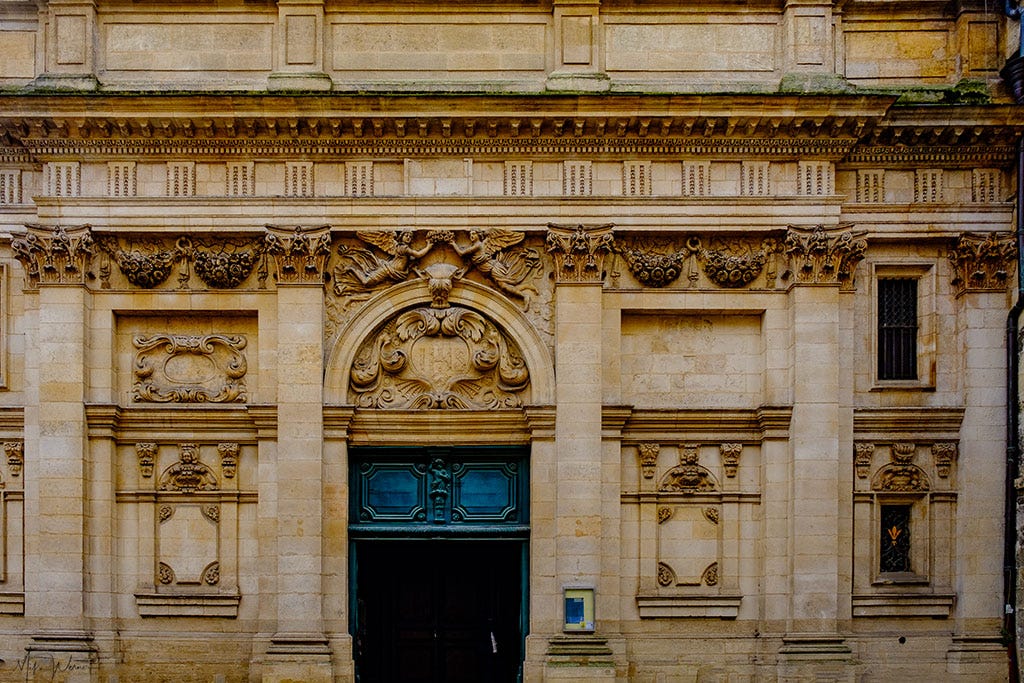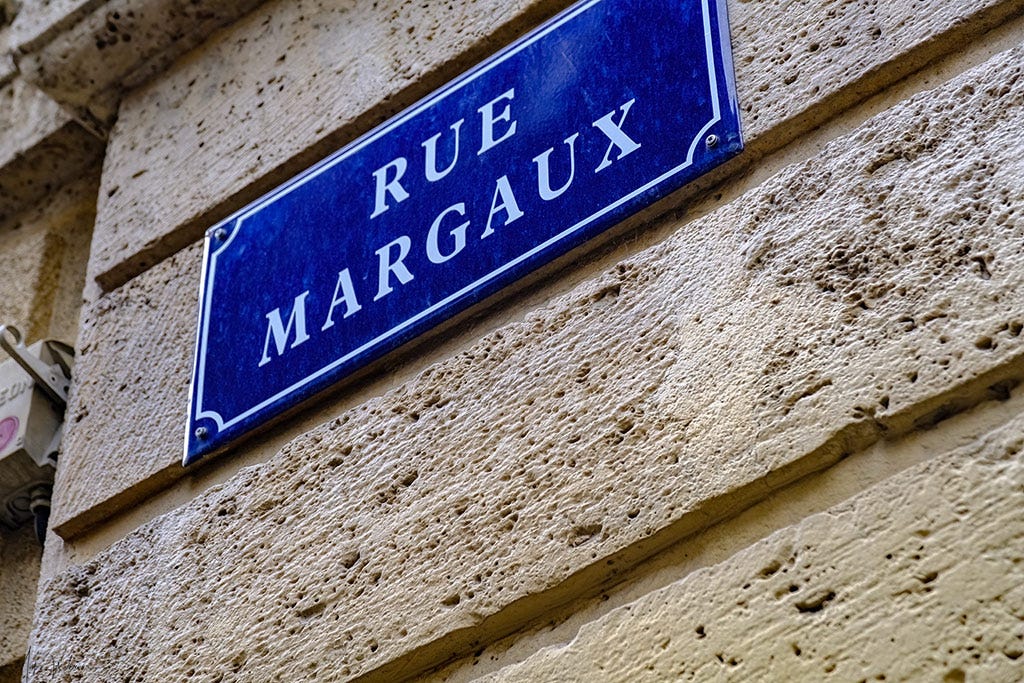This is Part 3 of 3 parts.
Click here to read Part 1
Click here to read part 2.You can also subscribe to our free newsletter delivered straight to your mailbox.
Churches and Cathedral
Saint Andre-de-Bordeaux Cathedral
The Saint-André Cathedral, commonly known as Bordeaux Cathedral, is one of the most significant religious landmarks in Bordeaux. Constructed over several centuries, beginning in the 11th century, the cathedral is renowned for its stunning blend of Romanesque and Gothic architectural elements. Its twin spires, intricate facades, and expansive interiors make it a focal point for both religious activity and historical curiosity.
The cathedral has been the venue for several royal weddings and other significant events, and it has been listed as a UNESCO World Heritage Site since 1998 as part of the Routes of Santiago de Compostela in France. With its rich history and architectural grandeur, Saint-André Cathedral serves as both a spiritual sanctuary and a historical treasure in the heart of Bordeaux.
Basilique Saint-Eloi
The Saint-Éloi Church, also known as the Saint-Éloi, is a historical religious building located in the heart of Bordeaux, near the bustling market square of Place Fernand-Lafargue. The church is particularly noteworthy for its striking Gothic architecture and its rich history, dating back to the early Middle Ages. Over the years, it has undergone various transformations, each leaving an imprint on its architectural and artistic features.
Originally built in the 12th century, Saint-Éloi Church has seen several modifications and additions that reflect the changing styles and religious sensibilities of the times. While its core structure remains Romanesque, the church features an array of Gothic elements, including pointed arches, intricate stone carvings, and a series of captivating stained-glass windows. The presence of these Gothic characteristics makes the church an interesting study in the confluence of different architectural traditions.
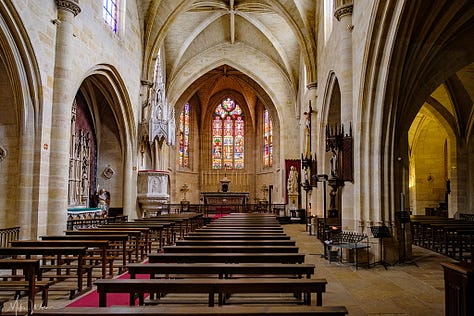
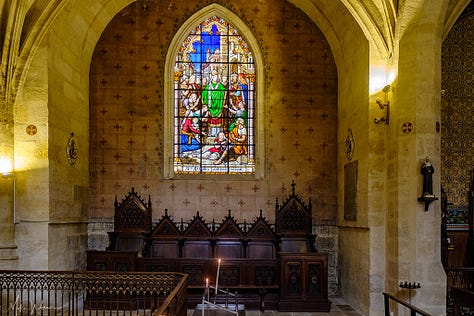
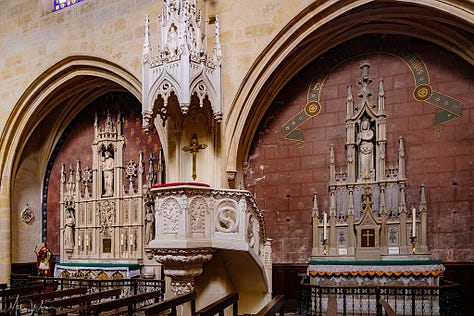
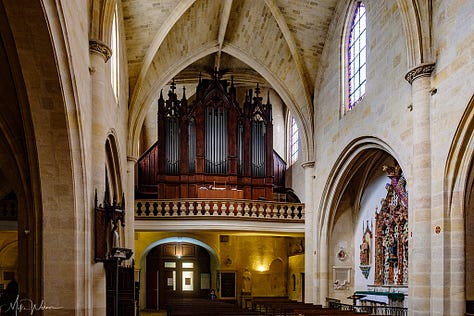
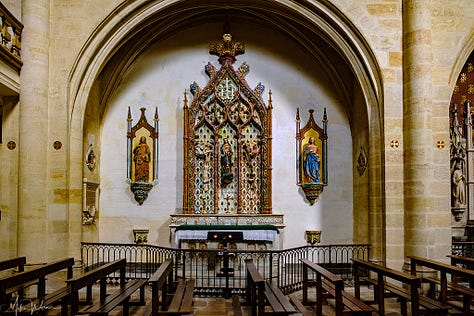
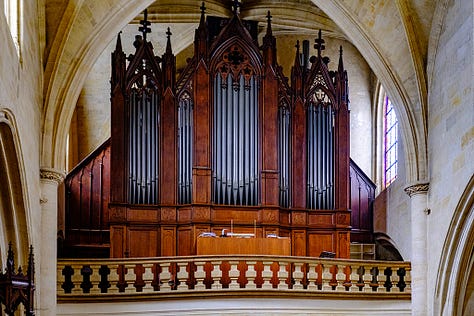
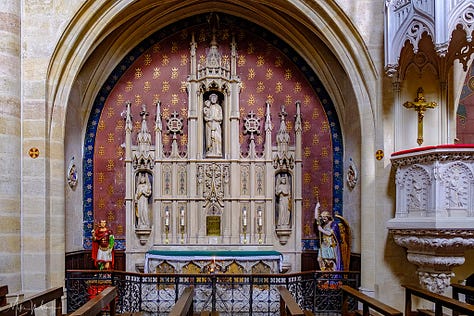

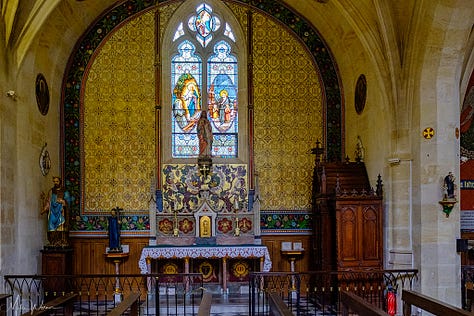
One of the most striking features of Saint-Éloi Church is its façade. With an imposing rose window, elaborate sculptures, and an intricately carved portal, the façade offers an ornate and visually engaging introduction to the church. It captivates visitors even before they step inside, hinting at the artistic and spiritual richness contained within its walls.
The interior of Saint-Éloi is equally remarkable. It houses a nave flanked by aisles, a typical layout for Gothic churches, and features a variety of chapels dedicated to different saints and religious themes. The artistic highlights inside include finely crafted wooden pews, a series of frescoes, and ornamental altars that add to the church's aesthetic and spiritual appeal. Over the centuries, the church has also been enriched by various forms of religious art, including paintings, sculptures, and decorative objects that reflect the craftsmanship and piety of different eras.
Church Saint-Paul-Saint-François-Xavier
The Church of Saint-Paul-Saint-François-Xavier, often referred to simply as the Saint-Paul Church, is a significant religious and architectural landmark in Bordeaux. Located in the historic Saint-Paul district, the church stands as a reflection of the city's complex religious history and its architectural evolution over the centuries.
More about this church in a future article. A link will appear here when published, or just subscribe to our free newsletter and read it directly in your mailbox.
Wine Culture
The surrounding vineyards of Bordeaux are split into various regions, each with its unique terroir contributing to the diversity of Bordeaux wines. Famous appellations like Médoc, Saint-Émilion, and Pessac-Léognan are the birthplaces of some of the most prestigious wines in the world, such as Château Margaux and Château Lafite Rothschild.
More about this iconic chateau and their wines in future articles. You can subscribe to receive a free daily newsletter with all new articles.
The city hosts La Cité du Vin, an iconic museum that is an ode to wine culture, offering everything from history and geography to tastings and workshops.
Culinary Scene
Bordeaux's culinary landscape is rich and diverse. The local specialty, canelé, is a small French pastry flavored with rum and vanilla, featuring a soft custard center and a dark, caramelized crust. The Marché des Capucins is the city's largest public market and a haven for food lovers. Here, you can find everything from fresh produce and meats to cheeses and, of course, wine. Bordeaux is also gaining a reputation for fine dining, with several Michelin-starred restaurants within the city and its surrounding region.
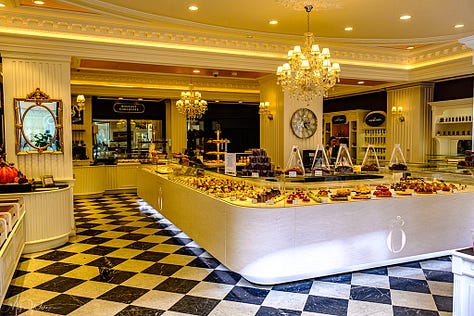
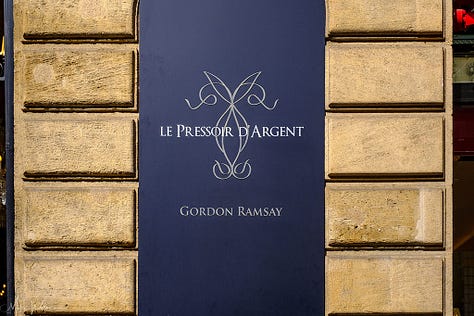
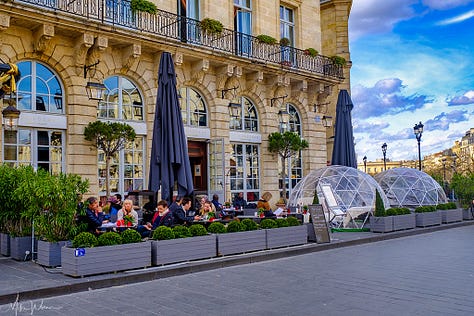
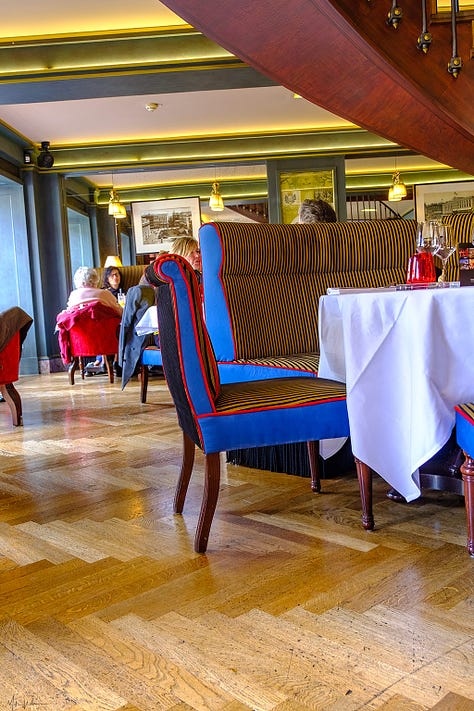
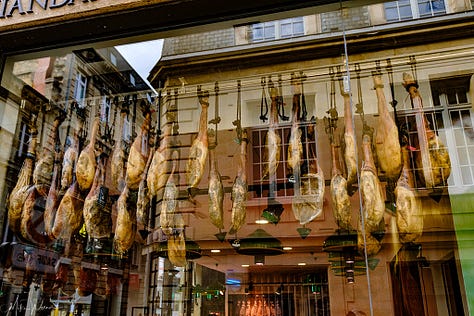
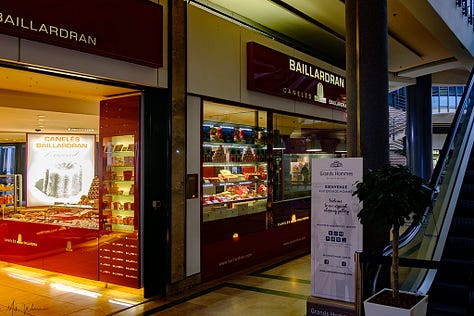

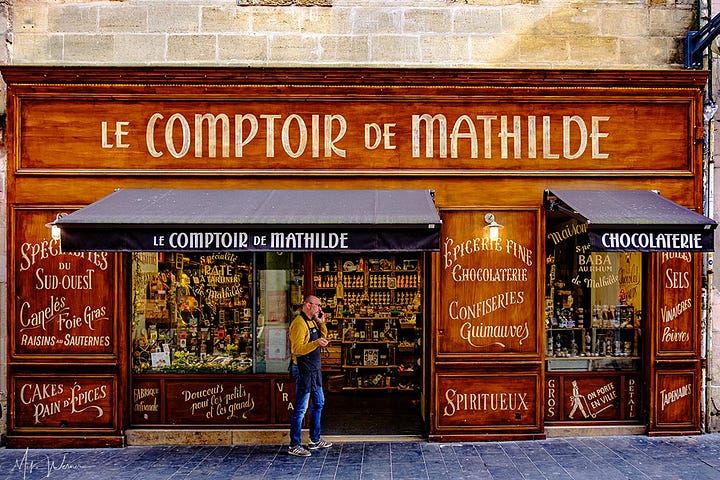
From gourmet restaurants to bustling food markets, the city offers an array of culinary experiences that reflect both its local heritage and international influences. Seafood is particularly prominent, given Bordeaux's proximity to the Atlantic Ocean. Oysters, in particular, are a local delicacy.
Transportation
Transportation in Bordeaux is quite efficient, featuring a network of trams, buses, and a public bicycle sharing system. The city has also made significant efforts to become more pedestrian-friendly, with many areas in the city center being off-limits to cars. These efforts have not only made the city more navigable but have also contributed to a reduction in pollution levels.
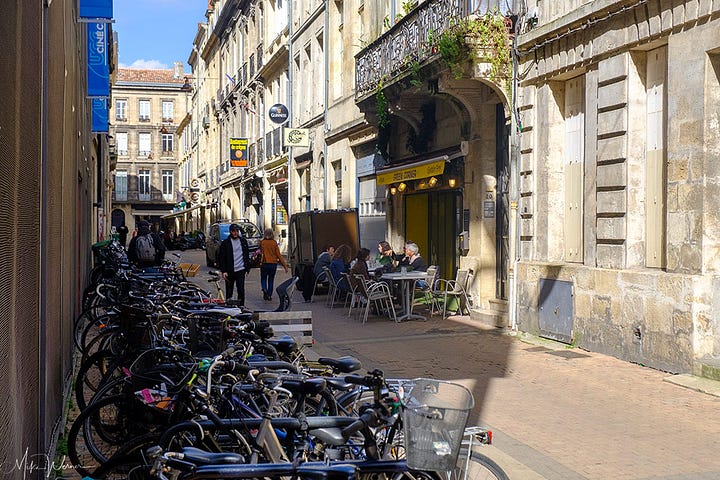
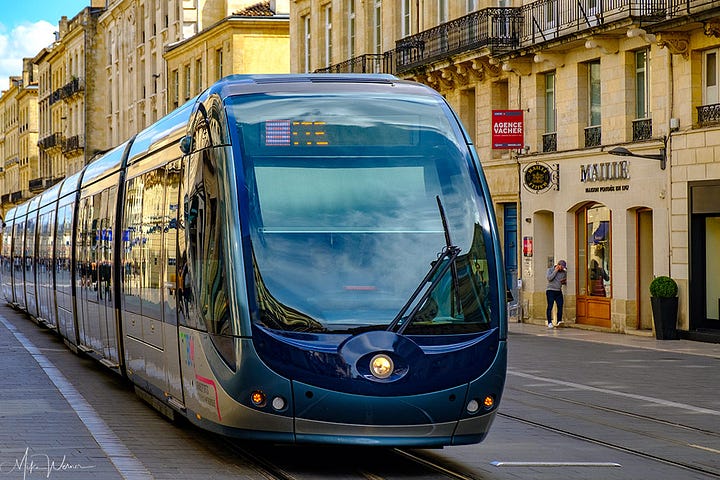
Academic and Research Environment
The University of Bordeaux, one of the oldest in France, is a multidisciplinary institution, catering to over 50,000 students. It's known for its research in health sciences, natural sciences, and human sciences. The Bordeaux School of Wine (École du Vin de Bordeaux) is a unique institution dedicated to the study and promotion of local wine, attracting students and professionals from around the world.
Over the past few years, Bordeaux has also seen a surge in technological innovation and entrepreneurship, partly due to its strategic location and well-connected transportation infrastructure, including an international airport and high-speed rail connections to cities like Paris.
Summary
Whether you're drawn to Bordeaux by its rich history, world-class wines, or vibrant contemporary culture, there's no denying that this French city offers a unique blend of experiences that make it worth visiting.
Here are some final views of Bordeaux:
